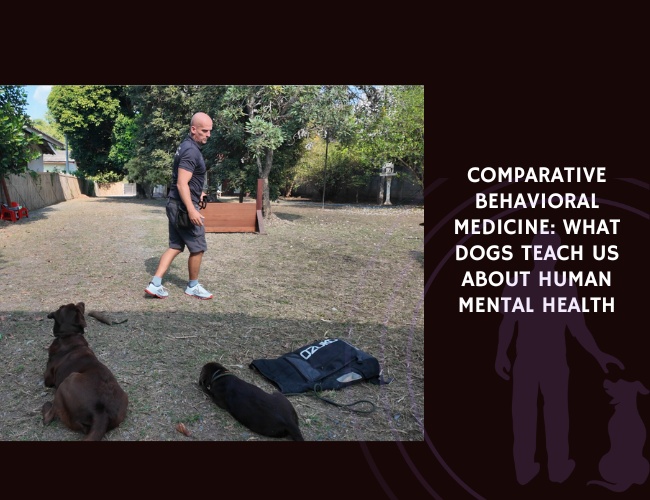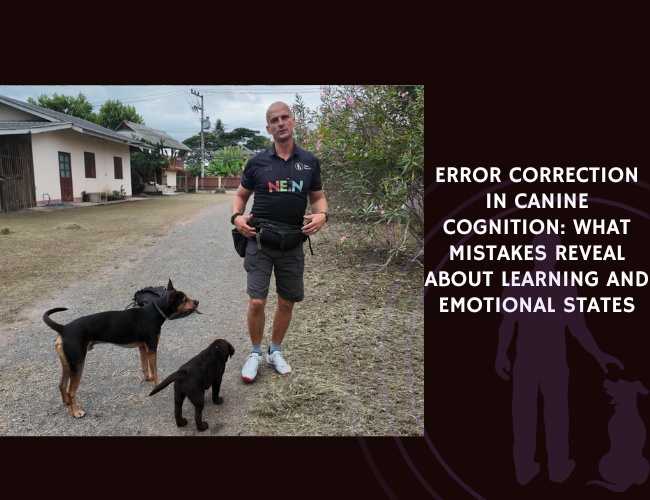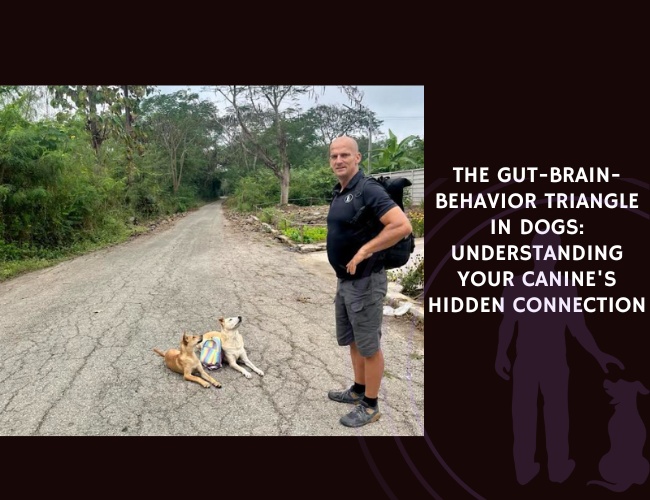Jacobs et al. (2018) examined how canine behavior experts interpret and use the terms possessive aggression and resource guarding, which are often applied interchangeably to describe a dog’s efforts to control access to valued items like food or toys. Inconsistent terminology, the authors argued, can disrupt communication between owners and clinicians, hinder treatment strategies, and complicate research.
The study invited 85 canine behavior experts to participate in a two-stage online survey, followed by an in-depth online discussion board. Results indicated that the majority of experts preferred the term resource guarding, emphasizing its more descriptive and less stigmatizing nature compared to “possessive aggression.”
From these discussions, the authors proposed an operational ethological definition: “the use of avoidance, threatening, or aggressive behaviors by a dog to retain control of food or non-food items in the presence of a person or other animal.” This definition, they suggest, provides a consistent framework for both clinical practice and research.
While no unanimous agreement was reached, the study highlights the need for clear definitions in canine behavioral science. Consistency in terminology not only supports effective owner–clinician communication but also facilitates more reliable treatment outcomes and advances in research.
Source: Jacobs, J., Coe, J., Widowski, T., Pearl, D., & Niel, L. (2018). Defining and Clarifying the Terms Canine Possessive Aggression and Resource Guarding: A Study of Expert Opinion. Frontiers in Veterinary Science, 5. Authors: J. Jacobs, J. Coe, T. Widowski, D. Pearl, L. Niel. Journal: Frontiers in Veterinary Science.










